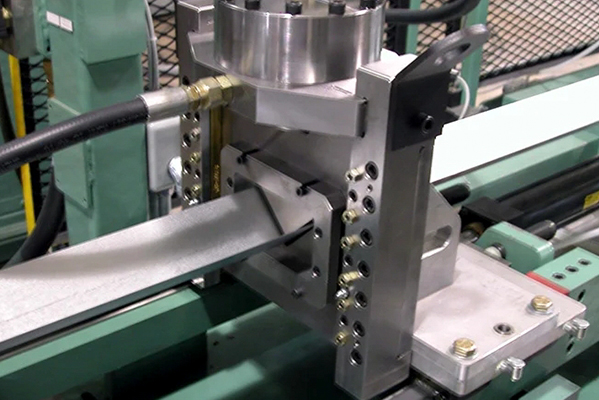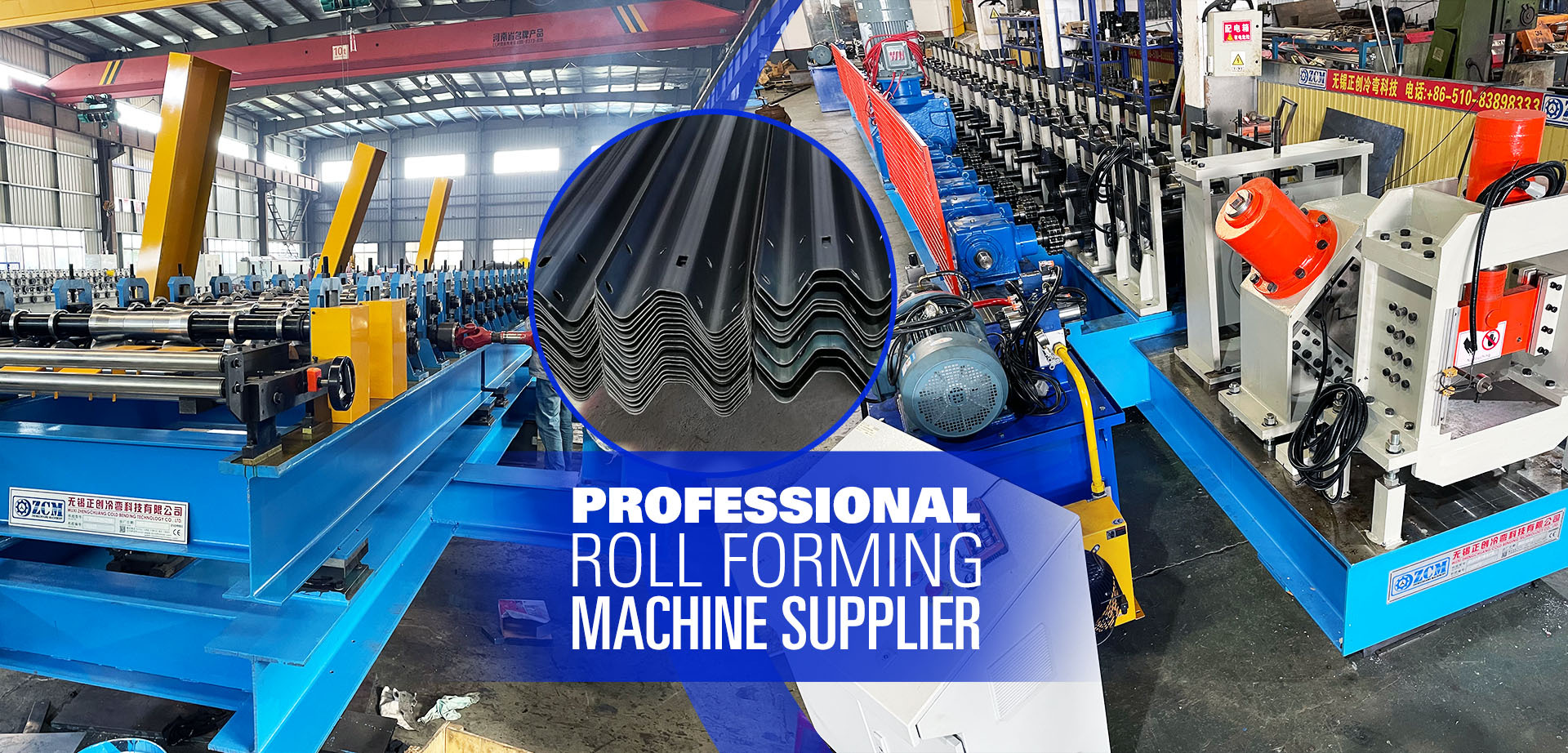Navigation Menu
Contact Us
- Email:
- info@wxavatar.com
- Address:
- Yurong Village, Yuqi Street, Huishan District, Wuxi, China.
Release Date:Jul 23, 2025 Visit:39 Source:Roll Forming Machine Factory
In recent years, custom metal decor and architectural fixtures have gained popularity across commercial, residential, and hospitality spaces. The drive for distinctive finishes, precise dimensions, and consistent quality has prompted many designers and manufacturers to adopt custom rollforming as a key production method. But how exactly does this process support the creation of unique metal decor and fixtures?

What Is Custom Rollforming?
Custom rollforming is a continuous metal shaping process that uses a series of rollers to form sheet metal into specific profiles. Unlike standard extrusion or stamping, rollforming allows for highly tailored designs, accommodating both functional and aesthetic requirements. It is particularly effective for producing long, uniform components with complex cross-sections and minimal material waste.
Design Flexibility Without Compromise
One of the greatest advantages of custom rollforming is design precision. Architects and interior designers often seek custom metal trim, moldings, edge profiles, or decorative panels that align with a project’s visual theme. Rollforming allows manufacturers to produce these exact shapes without being restricted by off-the-shelf limitations.
For instance, curved profiles, intricate contours, and unique textures can all be achieved through carefully engineered roll sets. Whether the final product is meant for ceilings, wall panels, cabinetry, or furniture accents, rollforming helps realize the designer’s original vision.
Consistency Across High Volumes
When a project requires numerous identical metal parts—be it decorative trims for a hotel chain or branded fixtures for a retail space—rollforming ensures dimensional consistency throughout the run. This consistency not only reduces installation issues but also enhances the overall aesthetic when parts are installed side by side.
Moreover, unlike processes that involve cutting or welding by hand, rollforming delivers repeatability with minimal variation, which is crucial when working with visible, decorative elements.
Material Versatility for Different Finishes
Rollforming is compatible with a variety of metals, including aluminum, stainless steel, copper, brass, and galvanized steel. These materials can be pre-finished or post-treated depending on the design goals—whether it’s a brushed look, matte tone, or high-polish surface.
This flexibility means that the same rollforming line can produce components for rustic-style interiors, modern industrial settings, or even minimalist corporate environments, all with different finishes and textures.
Efficient Production for Custom Needs
Despite its precision, rollforming remains a cost-effective solution, especially for medium to large production runs. Once the tooling is developed, the process operates at high speed and with minimal waste, which helps meet project deadlines while maintaining quality.
For custom decor applications, this means shorter lead times without sacrificing design complexity or structural integrity—ideal for businesses and projects with specific timelines and installation requirements.
Enhanced Integration With Other Elements
Custom rollformed parts often work alongside other materials such as glass, wood, or composite panels. Thanks to precise profiling, these metal components can be designed to fit seamlessly with other elements. Whether it’s a metal frame for a custom wall feature or decorative corner trims on a reception desk, rollforming supports clean integration that enhances the final presentation.

Conclusion
Custom rollforming plays a pivotal role in modern metal decor and fixture manufacturing. Its ability to deliver tailored designs, consistent quality, and material efficiency makes it a go-to choice for designers and builders looking to create spaces that stand out. As demand for customized architectural features grows, rollforming continues to offer reliable support in bringing creative ideas to life.